Do you have a vivo phone?
Although there is a gap with professional digital bloggers, compared with ordinary consumers, I am still very confident in the number of mobile phones I own. But even if I am an editor who even keeps a foldable phone for watching dramas in the bathroom, I still have a hard time in front of the vivo Pad: all kinds of efficient collaboration functions must be paired with vivo or iQOO mobile phones.

A bigger island is still an island
At last year’s Huawei full-scenario new product launch, Huawei’s consumer business CEO Yu Chengdong said in his speech: “In the era of the Internet of Everything, no one will be an island”, laying a foundation for the interconnection and commonality of HarmonyOS 2 based on full-scene distributed distribution. tone.
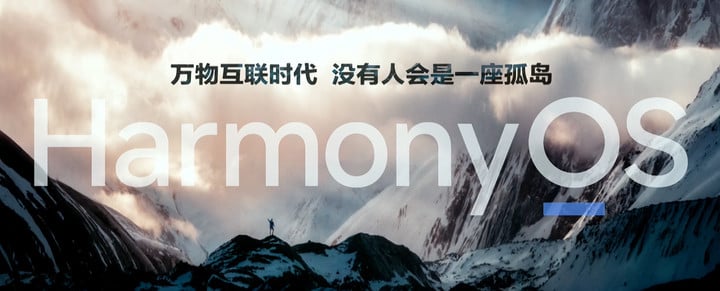
Whether it is Xiaomi’s new 10-year plan of “starting and connecting everything”, or OPPO’s “from one step to all” new products of all categories. “Interconnection” has long been the focus of major manufacturers’ conferences. But today, with the Internet of Everything, I, who have 6 mobile phones, borrow mobile phones everywhere when I experience the tablet.

There are many similar situations: the Xiaomi Mi Pad 5 series supports the circulation of apps, photos, and verification codes. The functions are very useful and only support Xiaomi devices; Huawei WATCH 3 can finely manage heart health and respiratory health, and the functions are very intimate, but Only supports Huawei brand phones; vivo TWS 2 supports one-click pairing near the phone, and guess what, yes, it also only supports vivo phones.
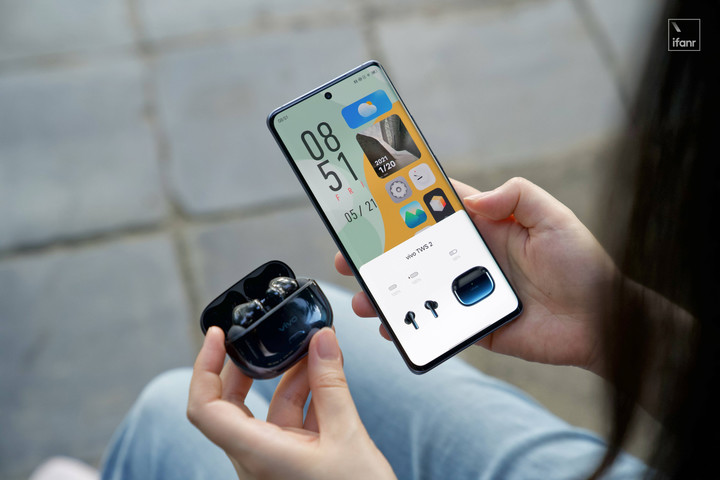
Fortunately, the Internet of Everything in “I connect with myself”, in the same-screen adaptation of desktop systems such as macOS and Windows, most of them are treated equally, and the function will not become a brand limitation. For example, OPPO’s cross-screen interconnection function, the system can be used when it meets the needs.
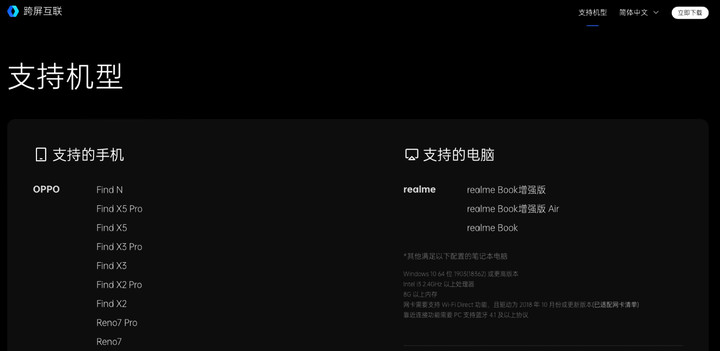
Of course, there are exceptions. For example, for Huawei computers that use NFC to achieve “one-touch transmission”, the hardware and software must meet the requirements at the same time before they can be used. Want to use another brand of computer? Then buy an NFC card and go through a series of cracking operations – considering system stability and privacy security, cracking operations are risky. If you want to experience a stable and easy-to-use “One Touch Pass”, you still have to start with Huawei A computer will do.

Once, as an Android+Windows user, I watched iPhone users go to great lengths to transfer files from their mobile phones to Windows computers. Sending files to Android phones even couldn’t use Bluetooth, and I felt the excellent compatibility between Android and Windows. With the passage of time, Windows is still the same Windows, but Android has become MIUI, ColorOS, OriginOS…
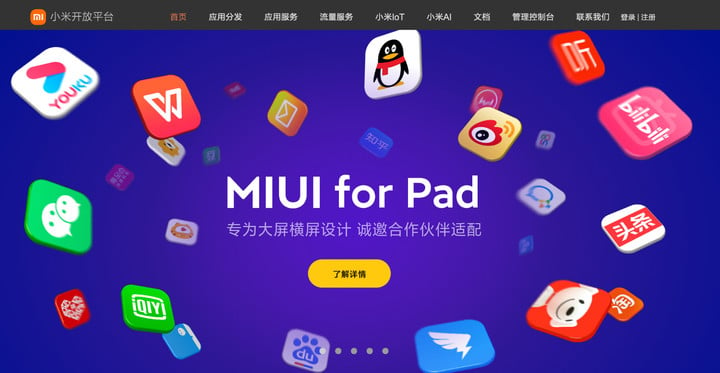
We must admit that within the scope defined by the manufacturer, we have gradually achieved interconnection, but while having a better experience, the cost of choice has also increased a little: the quantum kit of the vivo Pad is good, then it is necessary to replace the Xiaomi mobile phone ;Huawei’s multi-screen collaboration is easy to use, but the XPS I just bought is still hot; I heard that the customized version of Genshin Impact Redmi AirDots 3 Pro has a special pop-up animation, and I don’t know why my OPPO Find X3 does not display…
I had a better experience, I lost more options.

Before “Internet of Everything”, I would only ask a friend what brand he is using if he recommends a mobile phone to a friend; after “Internet of Everything”, when recommending any digital product to a friend, I have to ask which brand of mobile phone he is using. ——It is not impossible to use cross-brand, but if you want to experience all the functions in the product details page, you can only use products of the same brand.
We, who once complained about Apple’s ecological closure, are in an era of gradual closure of major open systems.
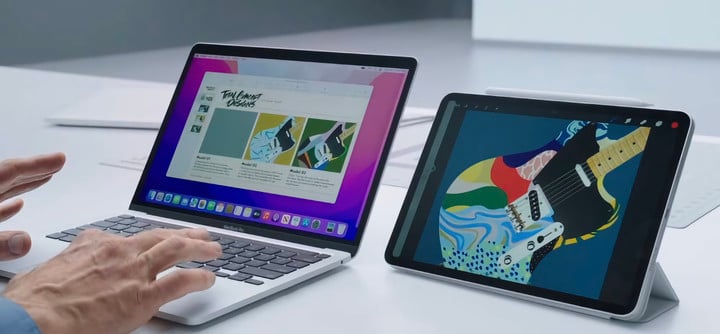
▲ Of course, Apple’s closure is as always
Once upon a time, Mifen, Pollen and Fruit Powder were still using the purchase of family buckets to declare their fan status. Now, if you want to make life smarter and product experience smoother, buying products of the same brand is no longer a fan behavior, but forced to choose. .
A bigger island is still an island.
I have a different understanding from the manufacturers of the Internet of Everything
If you ask me the biggest advantage of Apple products, I will nominate closed-loop ecology, airdrop, relay, universal control, using Apple Family Bucket, you can have a smooth and smooth full-platform experience.
If you ask me the biggest disadvantage of Apple products, my answer is still closed-loop ecology. It is annoying that it cannot share photos with classmates via Bluetooth during school, and it is annoying that it cannot write access control cards at work.
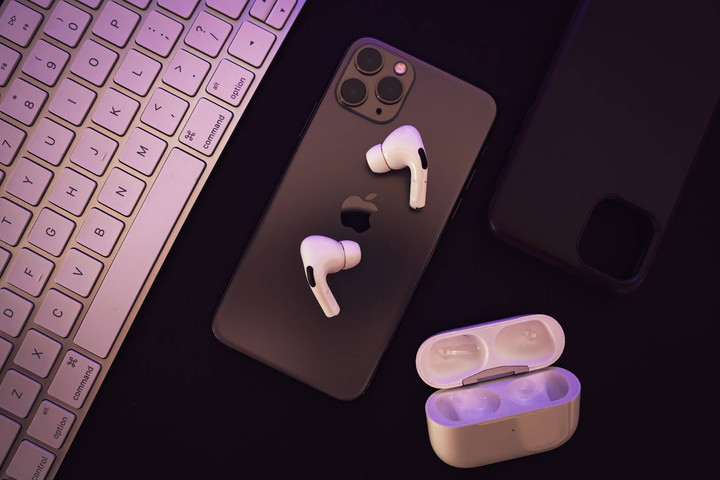
Whether it is to create a full-scene intelligent experience or let everyone enjoy the fun of technology, since it is an enterprise, it is inevitable to discuss business value. Taking the HarmonyOS developer platform as an example, 1 billion hardware entries and 100+ system-level entries are their value. On the Xiaomi open platform, 7 billion daily messages and 500 million daily activities are their advantages.
These hundreds of millions of entries and daily activities require a large number of retained users, and everything can be interconnected, except for other platforms.
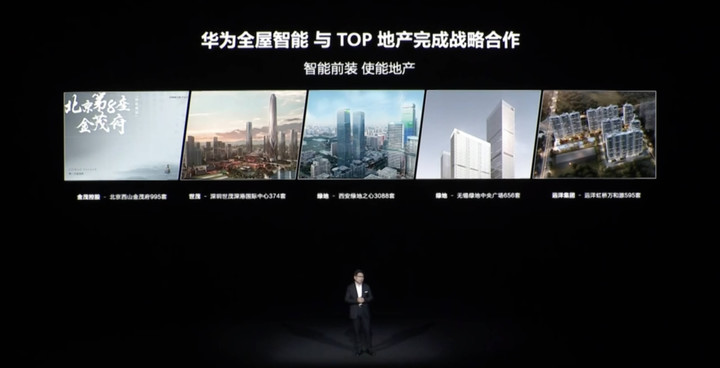
On the one hand, if you want to keep users, you must strive to be comprehensive on your mobile phone, and everyone has me. As a Xiaomi mobile phone user, the reason why I don’t change the brand is not that I can’t import data, but the Xiaomi cloud service. In addition to the photos from ten years ago, MIUI’s smart password management also saves too many login passwords for me. The cost of changing mobile phones is no longer as simple as importing data.
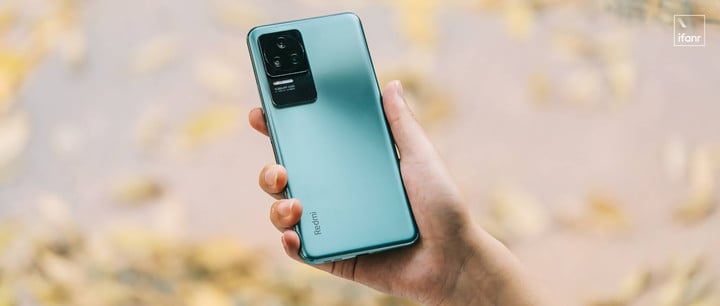
On the other hand, manufacturers are striving to build an ecosystem, allowing users to have more choices of the same brand, making it more and more expensive for us to replace mobile phones (as mentioned earlier). Looking at the Mijia products in a room, even if I change the brand of the mobile phone, I will probably buy a Xiaomi mobile phone with a few hundred yuan as the central control of the smart home.

▲ Mijia’s products have covered all aspects of life
Today, when mobile phones have entered the stock market, allowing non-mobile phone users to enter the brand ecosystem (or even buying mobile phones in the future) has become the direction of major manufacturers’ efforts. The terminal of scene intelligent life, “one screen directs family affairs”. However, some features still require a branded phone to use.
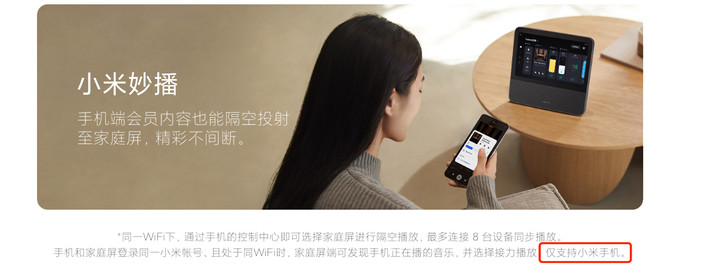
▲ Want to achieve a relay? Use a Xiaomi phone
In this way, it seems that I have a difference with the “Internet of Everything” that major manufacturers understand: I think the Internet of Everything should be to connect everything on the market; Connect everything.
In early 2021, MIUI officials summarized users’ suggestions for MIUI+ (Xiaomi multi-screen collaboration function) through Weibo, and mentioned that macOS also has the opportunity to implement related functions, so users “stay tuned”. When I browsed Zhihu, I saw the comments of Zhihu users on this matter: Xiaomi, Xiaomi, why don’t you limit the functions to your own platform and adapt to Mac, otherwise you will reduce the competitiveness of your computer Yet?
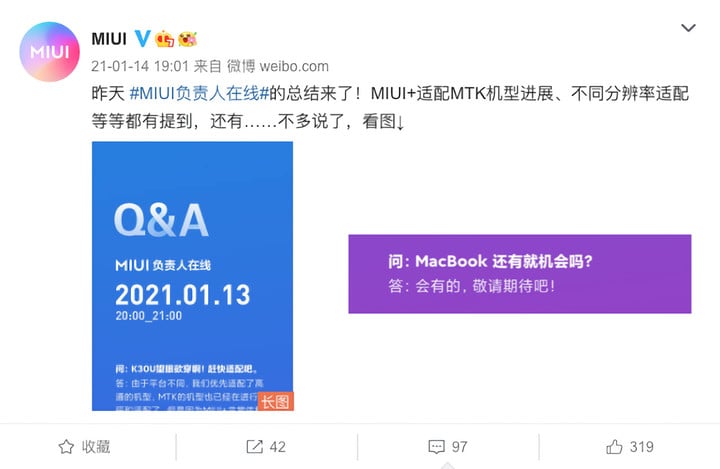
This statement is right or wrong, because adapting to macOS, there will be two results: attracting Mac users to buy Xiaomi mobile phones and guiding Xiaomi users to buy Mac, but I think more, let the users who have used Mac and Xiaomi mobile phones now have better experience.
I really don’t think much about manufacturers, who makes me an insatiable consumer who doesn’t think in other ways.
The Internet of Everything with Obstacles and Long Roads
But then again, it has been a year and a half since MIUI+ announced that it will support macOS, and there is still no news at all. Mac users were the first to usher in vivo’s quantum suite. Manufacturers striving to interconnect their own products have not given up on truly connecting everything.

In 2017, the inaugural meeting of the unified push alliance was held in Beijing, aiming to improve the domestic Android ecological level and standardize the industrial environment. Now it has been upgraded to the unified push working committee.
In 2018, nine major mobile phone manufacturers, including Huawei, Xiaomi, OPPO, and vivo, jointly launched a new type of application ecosystem based on the hardware platform, which does not need to be downloaded and installed, just click and use.
In 2019, Xiaomi, OPPO, and vivo announced the establishment of a mutual transmission alliance, using a unified transmission standard to allow models of the three brands to seamlessly transmit files. Today, Meizu, Samsung, ZTE, Hisense, Lenovo, ROG and other mobile phone brands have also joined, basically opening up the domestic Android mobile phone camp.
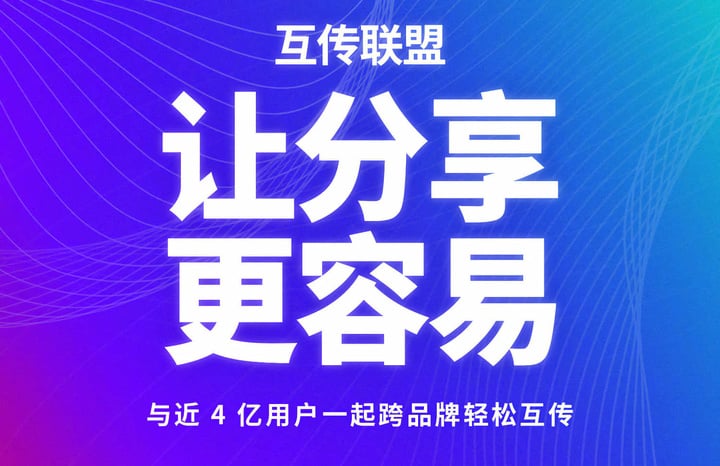
It sounds good, but in daily use, which of the above services have you used to break the brand barrier?
When transferring files to colleagues and friends, you will find that the mutual file transfer function of most brands is disabled by default and cannot be searched frequently; quick apps that do not need to be downloaded and installed are hidden in the corner of the app store, and you can’t find them if you don’t look carefully.
The recently upgraded unified push working committee said in 2020 that it has not released policy documents related to unified push, and today’s services such as Push Bida and Push Bian have no immediate effect. And the interconnection and adaptation within each ecosystem is flourishing one by one.
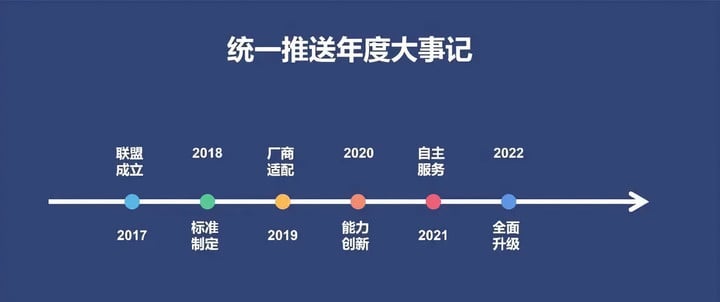
Or you can have a conspiracy theory (personal point of view):If you have the ability to directly annex Wei Chu, presumably King Zhao of Qin will not attack far and near. If you can build your own ecology to be more competitive, attract more users to use and experience it. Why should it be compatible with other brands?
Many manufacturers will take the initiative to release their own system apps separately (such as Hammer Technology’s sticky notes, Xiaomi Technology’s calculator), so that users on different platforms can experience it, but idealism appears somewhat powerless in the face of commercial value. The arrogance and ambition of helping the world are still a little less persuasive.
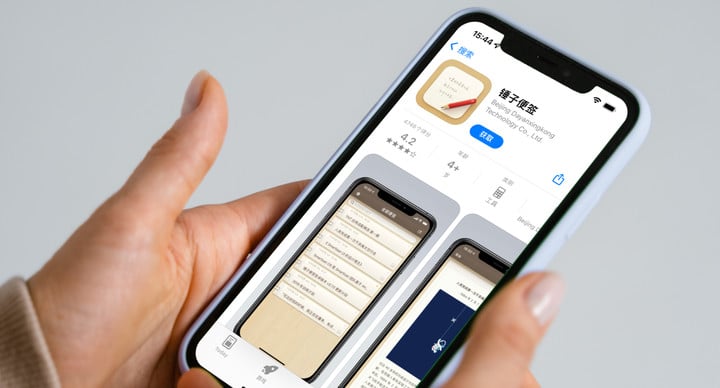
According to Xiaomi’s annual report, the AIoT platform has access to 434 million units, and Xiao Ai has 107 million monthly active users; at the just-concluded full-scene conference, Huawei announced that the number of devices equipped with HarmonyOS has exceeded 240 million, and the shipment volume of ecological devices has exceeded 1.5 billion.
Every manufacturer is striving to connect everything, but as long as the user asks the question “Which smart ecosystem is better”, manufacturers are creating new barriers subjectively or objectively.

This article is reprinted from: https://www.ifanr.com/app/1486766
This site is for inclusion only, and the copyright belongs to the original author.